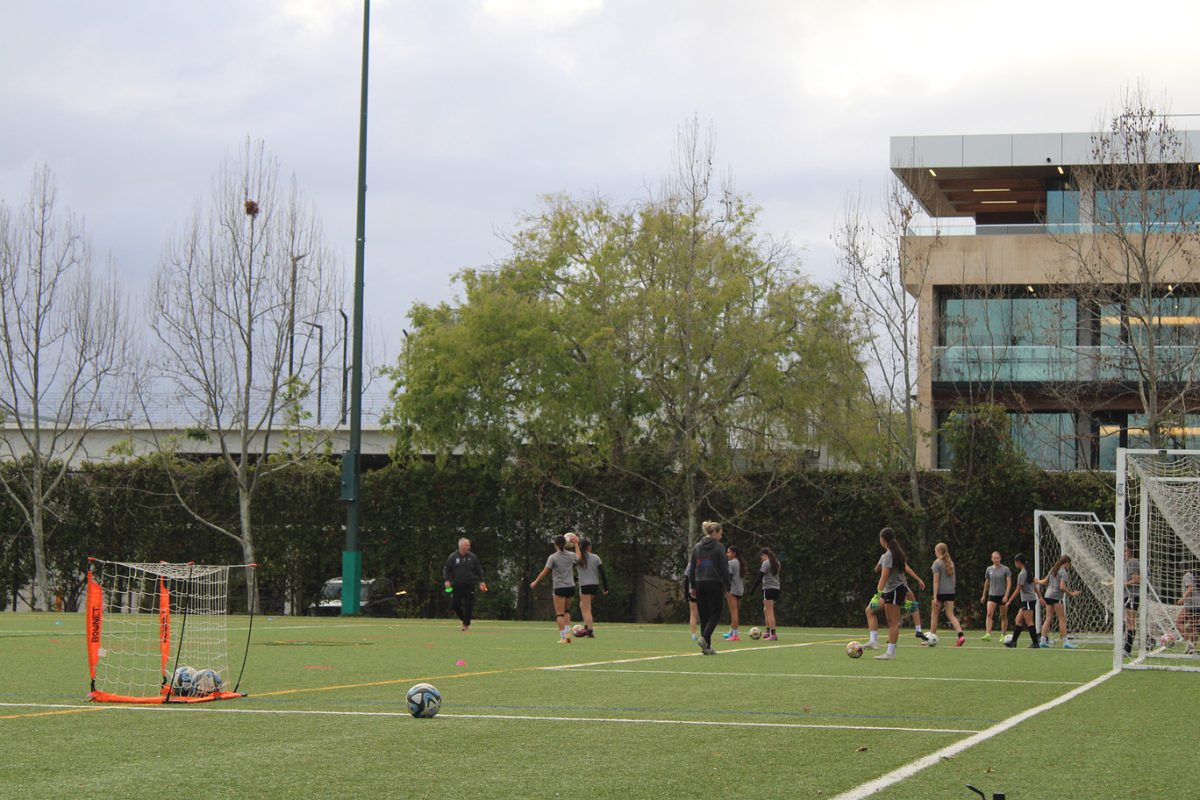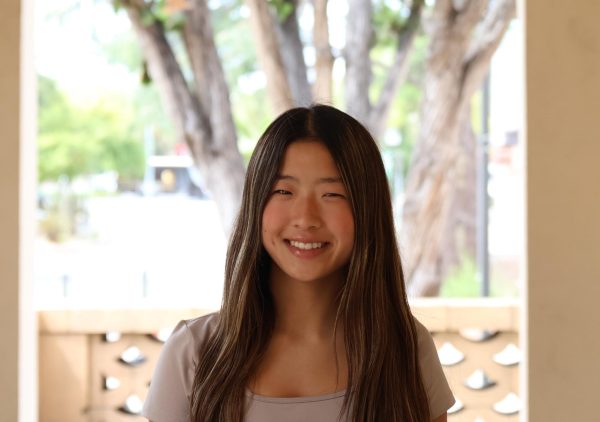The City of Palo Alto recently halted its plans to replace synthetic turf fields with natural grass at all of its parks to review the financial, environmental, health and safety impacts of synthetic turf before deciding whether to proceed.
If approved, three major playing fields will be resurfaced: Mayfield Soccer Complex, El Camino Park and Cubberley Football Field.
The citywide debate over synthetic turf versus natural grass began in May 2024, when the city’s Finance Committee opposed a proposal from the Community Services Department to replace synthetic turf with grass.
Since then, many city council members have raised concerns about the safety of synthetic turf. The issue resurfaced in October 2024 after Diego Velasquez and his family sued the city, claiming a “sticky, gumlike substance” seeping from Mayfield’s artificial grass caused him to slip, fall and sustain injuries.
Mayfield temporarily closed in September 2022 due to the deterioration of synthetic turf.
Sophomore Poppy Morrison, who regularly plays soccer on affected turf fields, said the poor conditions at Mayfield have historically posed challenges.
“Playing on Mayfield when the turf was bad was really dangerous because the turf would get caught up in my cleats,” Morrison said. “People were always rolling ankles, injuring themselves, and it was hard to get traction on the field.”
City staff identified the Mayfield turf as nearing the end of its usable lifespan. However, the replacement that was initially scheduled for last year was paused while the city considered its alternatives. Meanwhile, the city is planning to replace the synthetic turf at El Camino in the fiscal year 2026 and at Cubberley Community Center in 2028.
Sports clubs, particularly the Palo Alto Soccer Club, are the main advocates for the preservation of turf fields. PASC relies on turf fields for its more than 50 teams across 14 age groups, and Executive Director Rodrigo Baptista said that synthetic turf is essential to the community.
“Restricting synthetic turf installations would take away valuable athletic opportunities for kids and weaken our community’s dedication to accessible, high-quality recreation,” Baptista said. “Palo Alto already faces a shortage of usable fields, and limiting synthetic turf would further reduce access to playable surfaces for youth sports like soccer, flag football, ultimate frisbee and lacrosse.”
Baptista also said that switching to grass fields would have major consequences for club teams and the city.
“In order to replace one artificial turf field, the city would need to build 3-4 grass fields, as turf allows 2-3 times more playing hours than natural grass,” Baptista said. “Banning artificial turf would also require an additional 1.2 million gallons of water use, and grass fields in Palo Alto already suffer from holes, dry patches and broken sprinklers, making them more hazardous than properly maintained turf.”
However, the potential health and environmental risks of synthetic turf have also raised concerns. A report by the Santa Clara County Medical Association, which represents over 4,500 physicians, found that microplastics in turf infill do not biodegrade and instead harm the environment at every stage of their life cycle.
Emily Coren, the Director of Governance and Advocacy at the SCCMA, said there are environmental benefits to natural grass. “Natural grass is less expensive when a full life cycle analysis is performed,” Coren said. “In addition, natural grass prevents stormwater runoff of toxins and provides living carbon capture.”
Coren also said switching to natural grass fields is better for public health. “As physicians, we advocate for reduction in toxic exposures to reduce individual harm, societal harm and health care costs, which are rising,” Coren said.
As of March 27, the city council has not made a final decision regarding a ban on synthetic turf fields.
“City Council had a scheduled item to consider funding a consultant study on the issue, but that discussion was delayed,” Reckdahl said. “Santa Clara County considered a ban on turf fields last month, but the Supervisors made no decision on that item.”



Kathy • Apr 21, 2025 at 9:23 pm
And remember synturf is hotter even than asphalt. Grass will not need expensive replacement after an avg of 8 years and will not require disposal of dozens of tons of plastic carpet